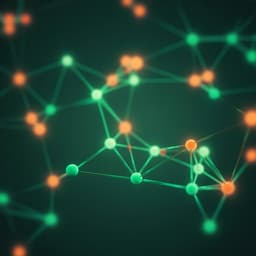
Political Science
Media events, speech events and propagandistic techniques of legitimation: a multimodal analysis of the Greek Prime Minister Kyriakos Mitsotakis' public addresses on the SARS-CoV-2 pandemic
S. Poulakidakos
This study by Stamatis Poulakidakos delves into how Greek Prime Minister Kyriakos Mitsotakis communicated during the SARS-CoV-2 pandemic, revealing the intricate visual and linguistic strategies employed to resonate with the national audience and legitimize the governmental response. Discover how notions of 'Greekness' played a pivotal role in his addresses.
~3 min • Beginner • English
Related Publications
Explore these studies to deepen your understanding of the subject.







